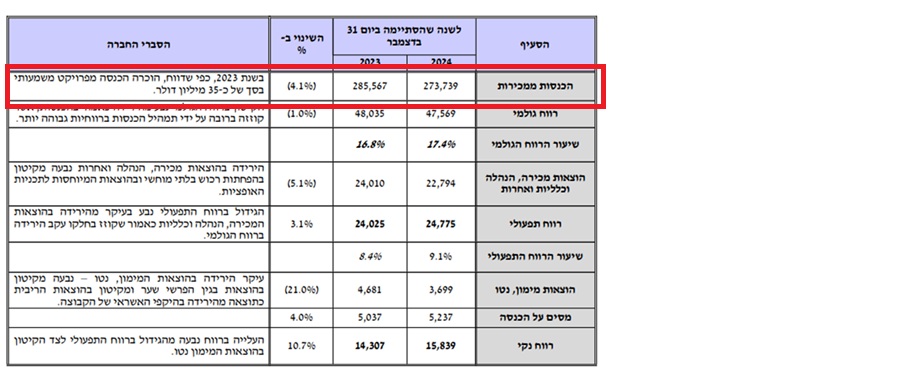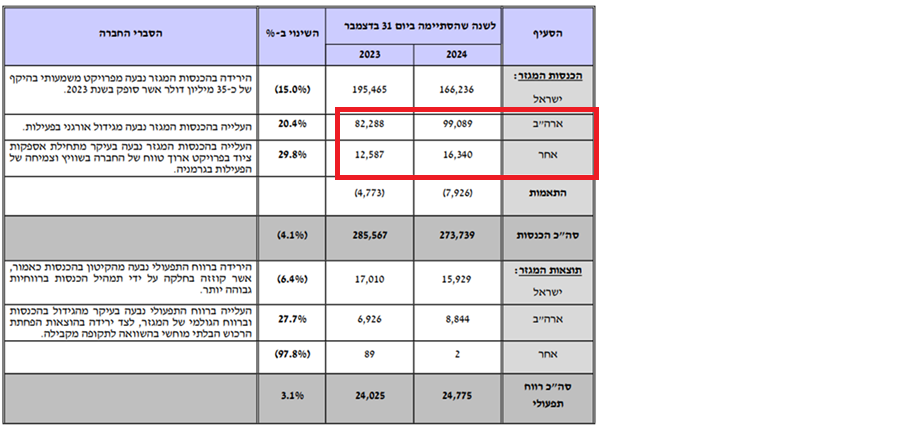A Visit to Shelly – Summary of Impressions
A little over a week ago, we visited Shelly in Sofia for the second time since investing in the company. I wanted to share our impressions for those who couldn’t join. This won’t be a long post—there’s much more to say—but I’ve summarized the key points here.
The Company’s Moat Is Expanding
-
R&D low cost center in Bulgaria
First and foremost, visiting the company’s offices makes it clear how strong the developer talent is there. A cost-effective R&D center in Bulgaria attracts perhaps the highest-quality talent in the country—at one-third the cost of a Western country. This is a significant advantage that shouldn’t be underestimated.
The offices look good, and Dimitar’s desk is, as always, messy—more like a lab table than a typical CEO’s desk. -
Partnerships with Leading Chip Companies
The company is working with top global chipmakers to design a custom chip for Shelly. Development teams from Qualcomm and TI have visited Bulgaria multiple times to work on this chip. This will certainly boost the company’s competitiveness and boost their functionality. -
Ultra-Low Cloud Costs
Because the entire data transfer and cloud interface was developed in-house, Shelly’s cost to connect a device to the cloud is only $0.006 per year, while competitors are paying $0.10–0.50. That’s over a 10x cost advantage.
New Factory, New Products, and the Shelly X Revolution
-
The company is building a dedicated automated factory in the city of Plovdiv, Bulgaria, which will manufacture the Shelly X modules.
According to management, in five years the majority of the business is expected to revolve around Shelly X.
They are currently in negotiations with many leading global clients, and I expect some interesting announcements later this year. -
Shelly X-based products are already on the market, such as an EV charging product shown to us, which operates on a rev-share model with the client.
Some More Interesting developments
-
The electronic locks line looks very strong with low market penetration—most inventory is selling out immediately.
-
In Q4, they expect to launch security cameras, a highly anticipated product in the market.
-
They also showcased several cool upcoming products, such as:
-
A water pressure sensor (relevant for insurance companies)
-
A new large display -big pre order que if anyone thought to buy (:
-
A room occupancy sensor that adjusts temperature based on the number of people in a room
Overall, the company is moving fast and doesn’t see any real competition.
-
Organizational Improvements and Cash Flow Focus
They are constantly thinking of ways to improve the organizational structure, and interesting changes are expected in this area in the coming year. They’re also working very hard on improving working capital.
Conclusion
I learned a few new things—especially about how leading chip companies are actively pursuing partnerships with Shelly and view them as a key player in Home Automation. The company’s , and there’s a lot to look forward to in the coming years. It’ll be very interesting to follow their progress.


